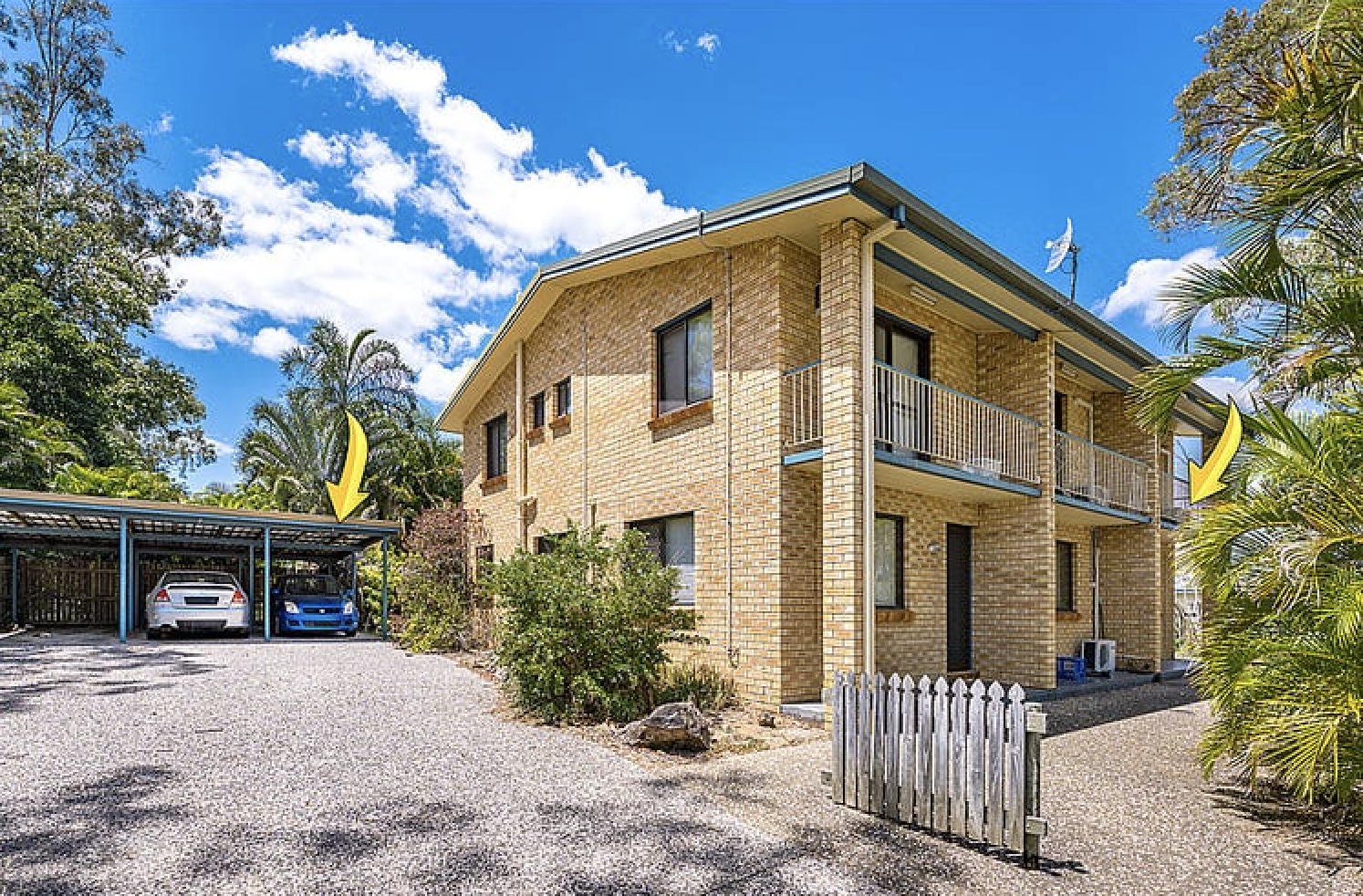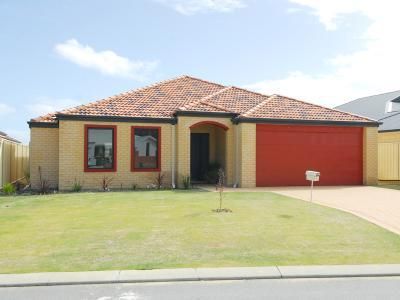Do you Qualify to buy property with your superannuation?
1.1M Australians have taken control of their super. More than 136k Investment properties have been bought using super funds.
What You Can Expect:
- Have your super work for you
- Tax effective
- Diversify your super investments
- Access through early retirement
Quick Check
Enter your details
We will grab a few basic details for us to assess whether you will qualify to take control of your own super and purchase an investment property.
Get confirmation
Our experienced team of experts will then review if you qualify to use your super to buy property. If qualified, our team will contact you to confirm details and explain the process moving forward.
Enjoy your super working for you
Time to reward yourself with a cold beverage now that you have used your super as a tool to buy an investment property.
What our customers have had to say…
 Deep Saini2022-10-25Big thanks to Amit Aggarwal and the team, they were very helpful, they made the whole process of buying our first home a breeze. Amit was brilliant in taking us through a step by step guide on how to achieve our goals, provided us with useful resources, and was very willing to answer all questions we had as first home buyers. We had a tight settlement timeline and he just made it appear effortless. He and his team were extremely responsive throughout the entire process with consistent and reliable communication. We could not recommend His service highly enough!
Deep Saini2022-10-25Big thanks to Amit Aggarwal and the team, they were very helpful, they made the whole process of buying our first home a breeze. Amit was brilliant in taking us through a step by step guide on how to achieve our goals, provided us with useful resources, and was very willing to answer all questions we had as first home buyers. We had a tight settlement timeline and he just made it appear effortless. He and his team were extremely responsive throughout the entire process with consistent and reliable communication. We could not recommend His service highly enough! S Shaq2022-10-10I've known Amit for a number of years now and it's always been a pleasure dealing with Amit. Amit is very thorough in his approach and does not hesitate to conduct multiple meetings to clarify and run through certain strategies always keeping our best interest in mind. Pri who is Amit's wife also is very knowledgeable and works very cohesively with Amit in order to delivery satisfactory outcomes. We've been very pleased with their service and look forward to the journey ahead.
S Shaq2022-10-10I've known Amit for a number of years now and it's always been a pleasure dealing with Amit. Amit is very thorough in his approach and does not hesitate to conduct multiple meetings to clarify and run through certain strategies always keeping our best interest in mind. Pri who is Amit's wife also is very knowledgeable and works very cohesively with Amit in order to delivery satisfactory outcomes. We've been very pleased with their service and look forward to the journey ahead. Arjun Verma2022-09-07Strongly Recommended. The quality of service provided by Amit and Pri was outstanding. They understand your requirements and advise you the best loan product with the best Financial services. They made our Journey so smooth without an hassle in getting the right product with great rate of interests and fees. Thanks again for your assistance and to be part of our dream Investment journey
Arjun Verma2022-09-07Strongly Recommended. The quality of service provided by Amit and Pri was outstanding. They understand your requirements and advise you the best loan product with the best Financial services. They made our Journey so smooth without an hassle in getting the right product with great rate of interests and fees. Thanks again for your assistance and to be part of our dream Investment journey R R2022-06-06Highly Recommended. Amit is highly experience and knowledgeable to manage to work out over all Financial wellbeing while focusing on the direct ask. He is dedicated and have through work ethic to get best option to his clients.
R R2022-06-06Highly Recommended. Amit is highly experience and knowledgeable to manage to work out over all Financial wellbeing while focusing on the direct ask. He is dedicated and have through work ethic to get best option to his clients. Sanjeev Sah2022-06-03I run a Buyer’s Agent business, as part of my role I get to work and help many property investors across Australia. I also get to liaise with many mortgage brokers & accountants, and always found it’s rare to find a mortgage broker or accountant who themselves are property investors. Definitely Amit is one of those rare find who truly understands the entire picture very well especially when you looking to build a property portfolio. Getting a loan is one thing but able to take multiple loans with ease in the process of building a property portfolio is a whole different level of game. I am sophisticated investor with a decent property portfolio and have no hesitation in recommending Amit services as I personally use Amit & his team. We even recommend our clients to use his services. A great team to have on your side. Thank you Amit for all support & providing such an awesome service.
Sanjeev Sah2022-06-03I run a Buyer’s Agent business, as part of my role I get to work and help many property investors across Australia. I also get to liaise with many mortgage brokers & accountants, and always found it’s rare to find a mortgage broker or accountant who themselves are property investors. Definitely Amit is one of those rare find who truly understands the entire picture very well especially when you looking to build a property portfolio. Getting a loan is one thing but able to take multiple loans with ease in the process of building a property portfolio is a whole different level of game. I am sophisticated investor with a decent property portfolio and have no hesitation in recommending Amit services as I personally use Amit & his team. We even recommend our clients to use his services. A great team to have on your side. Thank you Amit for all support & providing such an awesome service. Franck 512022-05-23Very satisfied with the service, highly recommended. Amit guided us through a complex investment and managed to secure the financing when the situation seemed hopeless. Amit spent countless hours on our project and used his diverse skillset (accounting, financial planning…) to support us. I would definitely contact him if you’re looking for a trusted accountant or tax/financial advisor.
Franck 512022-05-23Very satisfied with the service, highly recommended. Amit guided us through a complex investment and managed to secure the financing when the situation seemed hopeless. Amit spent countless hours on our project and used his diverse skillset (accounting, financial planning…) to support us. I would definitely contact him if you’re looking for a trusted accountant or tax/financial advisor. Mohan Deshkulkarni2022-05-07Amit helped us with our loan and guided us to the right product. His approach towards client's needs and his guidance in the financial plan is much appreciated
Mohan Deshkulkarni2022-05-07Amit helped us with our loan and guided us to the right product. His approach towards client's needs and his guidance in the financial plan is much appreciated Deepa Rao2022-05-06I have been doing my tax returns with Amit for the last few years and he has been excellent. He recently helped me secure a loan for my first home, with the best interest rates and saved me so much money by finding grants that suited me. I wouldn't have been a home owner if it weren't for Amit's tireless efforts. He is excellent advisor all around, knowledgeable & sincere. Highly recommended.
Deepa Rao2022-05-06I have been doing my tax returns with Amit for the last few years and he has been excellent. He recently helped me secure a loan for my first home, with the best interest rates and saved me so much money by finding grants that suited me. I wouldn't have been a home owner if it weren't for Amit's tireless efforts. He is excellent advisor all around, knowledgeable & sincere. Highly recommended. Sachin Agrawal2022-05-04Amit is a very intelligent and smart accountant and resourceful mortgage broker. I have been working with Amit for a very long time. His knowledge about tac laws, rules, regulations, different banks, their offers and products is unbeatable. That gives you an advantage of applying to the best bank for most suitable for your circumstances. He doesn't always chase cheapest interest rate - however, you will save (or make) 100s of thousands dollars while building your property portfolio over the years. He is the man to go to for all your financial needs and advice.Load more
Sachin Agrawal2022-05-04Amit is a very intelligent and smart accountant and resourceful mortgage broker. I have been working with Amit for a very long time. His knowledge about tac laws, rules, regulations, different banks, their offers and products is unbeatable. That gives you an advantage of applying to the best bank for most suitable for your circumstances. He doesn't always chase cheapest interest rate - however, you will save (or make) 100s of thousands dollars while building your property portfolio over the years. He is the man to go to for all your financial needs and advice.Load more
Frequently Asked Question
Frequently Asked Questions (FAQ) pages contain a list of commonly asked questions and answers on a website about topics such as Loans, Finance, Accounting, and SMSF.
- Tax benefits: Super funds are generally taxed at a lower rate than other types of investment vehicles, which can make it more tax-efficient to invest in property through your super fund.
- Diversification: Investing in property through your super fund can help diversify your overall investment portfolio, which can reduce the overall risk.
- Leverage: Some self-managed super funds (SMSF) can borrow money to invest in property, which allows you to invest in property with a smaller amount of money. However, you need to be mindful of the regulations, this option is complex and might come with additional legal and accounting responsibilities.
Success Stories
My success stories are a collection of the achievements I’ve attained throughout my life. They are the milestones that I’ve worked tirelessly to reach, and they are a testament to the hard work, dedication, and perseverance that have helped me to overcome challenges and accomplish my goals.
Positive Cashflow Property in SMSF
Bought this strong cash flow positive property in SMSF earlier this year We concluded purchase of this amazing block of 3 units for SMSF clients. 2 couples joined hands to form SMSF to buy this property. It was a combination of self employed and salary & wages employees. Challenges: Being a block of 3 units […]
Strong capital growth Investment Property in SMSF
Self employed client buy following property in SMSF We supported the client’s purchasing investment property in SMSF in a challenging situation. Client bought this in a capital growth area with the aim to grow wealth for retirement. Challenges The client had only 1 yr.’s super contributions which typically is typically a no go zone for self-employed […]
Unlock the Secrets to Success with Our Free E-Book!
Fill your details and Get a free E-book.
Your information is in safe hands.



